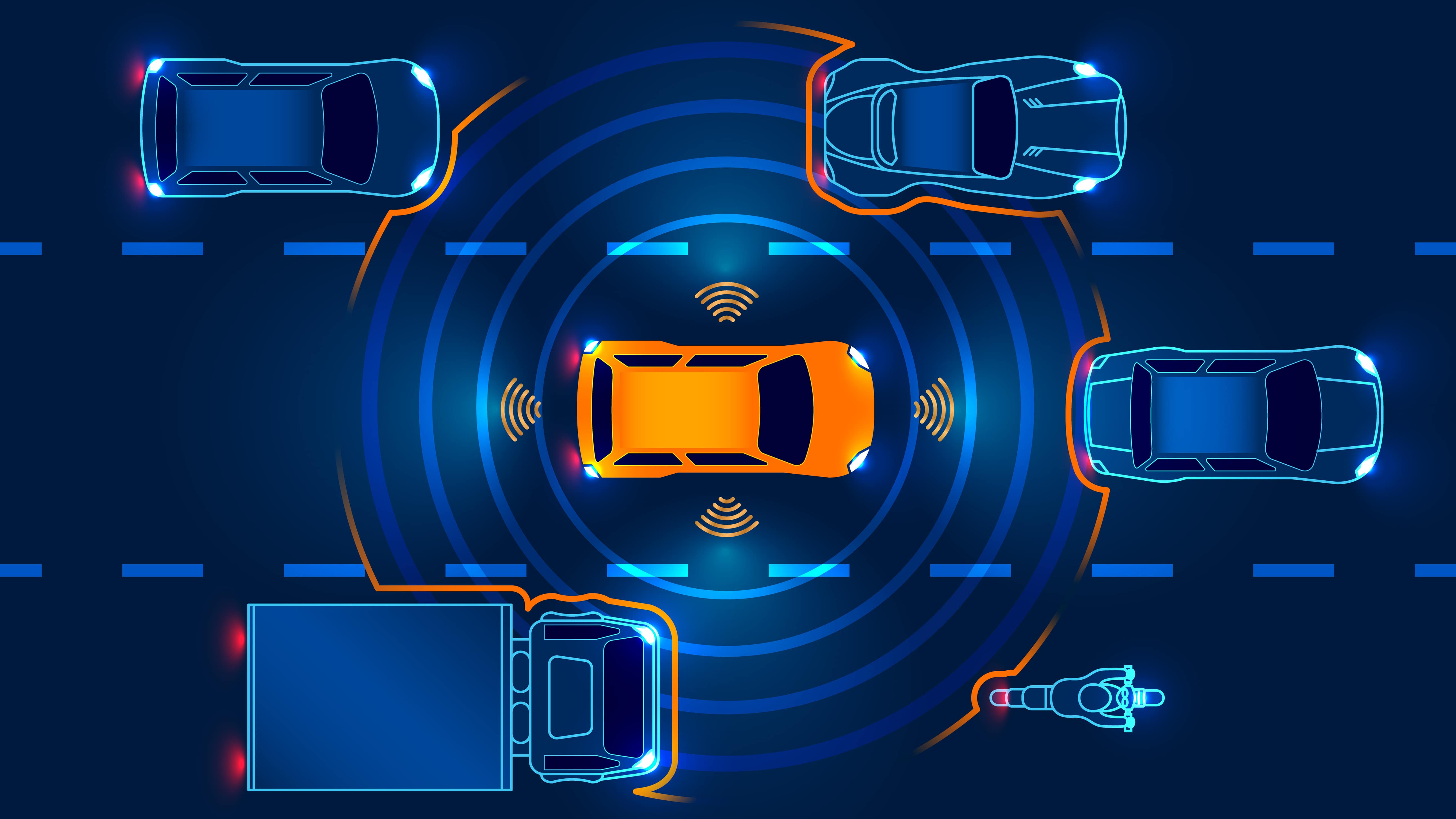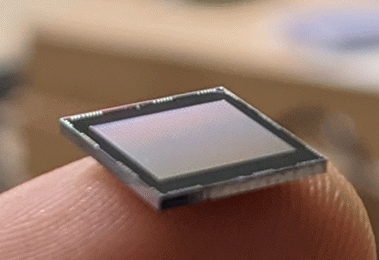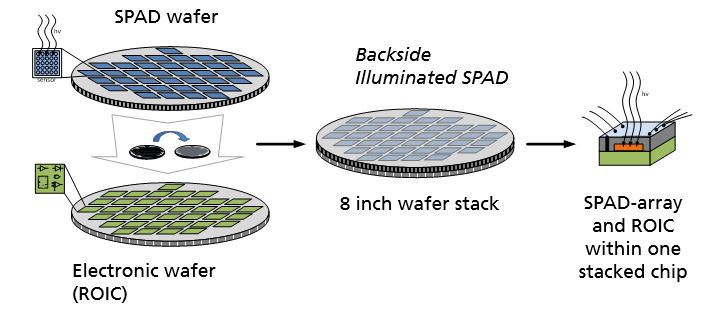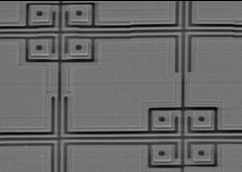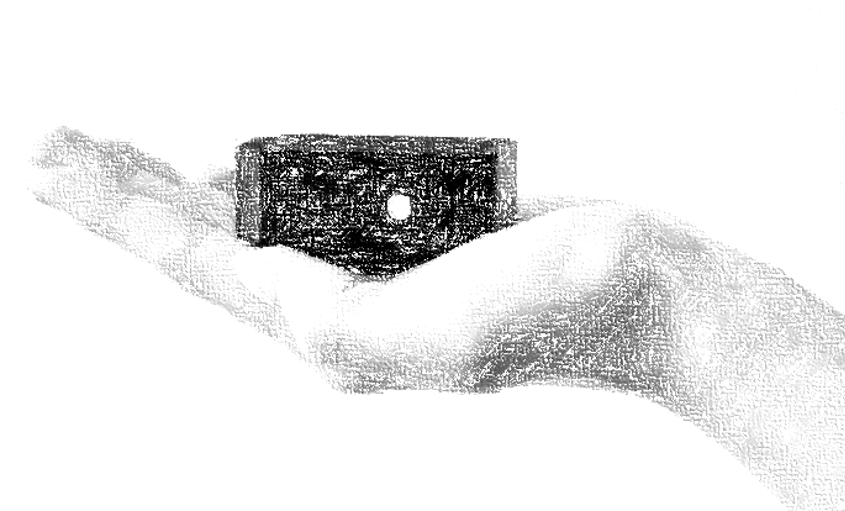In order to make road traffic safer, create new intermobility solutions, and to conquer the urban areas with flying drones, new advances in reliable environment recognition research are needed.
On the one hand, powerful sensors are required that have high measuring ranges, often together with large fields of view, precise spatial resolution and fast acquisition times. On the other hand, sensor data must be processed and fused with other sensor data. However, sensor solutions must always be affordable and easy to integrate for the respective application and have low power consumption. Fast and reproducible test and calibration procedures for environment detection are becoming increasingly important in order to check the sensor behavior as realistically as possible and to improve it subsequently if necessary.
In the four categories of powerful sensor systems, sensor fusion, system integration and validation the Fraunhofer IMS develops application-specific solutions.
